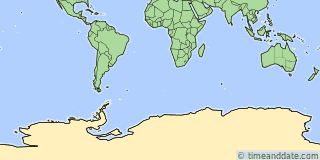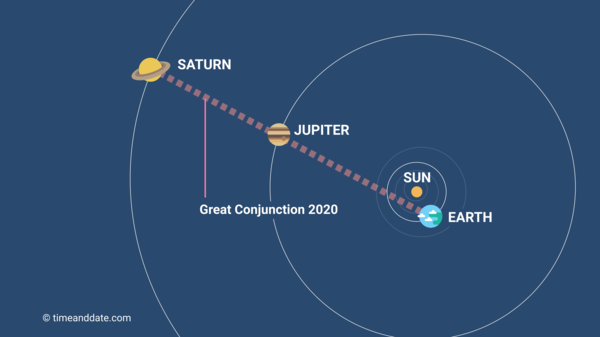21 hours, 22 minutes
Sat, Jun 22 at 1:17 pm – Sun, Jun 23 at 10:38 am
Visible tonight, Jun 22 – Jun 23, 2024
| Venus: | Slightly difficult to see |
|---|---|
| Mars: | From Sun 4:30 am |
| Jupiter: | From Sun 7:51 am |
| Saturn: | From Sat 10:14 pm |
| Uranus: | From Sun 6:35 am |
| Neptune: | From Sat 11:36 pm |

Recurrent Nova Due to Erupt
Sometime in the next few months, T Coronae Borealis—also known as T CrB or the Blaze Star—is expected to appear briefly in the constellation Corona Borealis as a ‘new’ star. Show Corona Borealis in the Night Sky Map below, or read more about the Blaze Star.
Our Interactive Night Sky Map simulates the sky above 66°08'S, 135°58'E. The Moon and planets have been enlarged slightly for clarity. On mobile devices, tap to steer the map by pointing your device at the sky. Need some help?
Tonight's Sky in 66°08'S, 135°58'E, Jun 22 – Jun 23, 2024 (6 planets visible)
Venus rise and set in 66°08'S, 135°58'E
Fairly close to the Sun. Visible only after sunset.
Venus is just 5 degrees from the Sun in the sky, so it is difficult to see. Venus is visible by day, but may be hard to find.
Time:
Altitude: °
Direction: °
Mars rise and set in 66°08'S, 135°58'E
View before sunrise.
Mars can best be seen in the hours just before sunrise. Visibility deteriorates as the sky gets brighter.
Sun, Jun 23 ↑4:30 am
Time:
Altitude: °
Direction: °
Jupiter rise and set in 66°08'S, 135°58'E
View just before sunrise.
Jupiter is close to the Sun and can only be seen shortly before sunrise. Try finding a good, unobstructed view of the horizon.
Sun, Jun 23 ↑7:51 am
Time:
Altitude: °
Direction: °
Saturn rise and set in 66°08'S, 135°58'E
View in the early morning.
Saturn can be seen for more than 12 hours during the late night/early morning and until sunrise.
Sat, Jun 22 ↑10:14 pm
Time:
Altitude: °
Direction: °
Uranus rise and set in 66°08'S, 135°58'E
View before sunrise. Bring binoculars.
Uranus can best be seen in the hours just before sunrise. Visibility deteriorates as the sky gets brighter. It is very close to the horizon, making it fainter because the light has to cover a larger distance when traveling through the Earth's atmosphere. Make sure to get an unobstructed view with as little light pollution as possible. You may need binoculars.
Sun, Jun 23 ↑6:35 am
Time:
Altitude: °
Direction: °
Neptune rise and set in 66°08'S, 135°58'E
View in the early morning. Use binoculars.
Neptune can be seen for more than 11 hours during the late night/early morning and until sunrise. Very faint, use binoculars.
Sat, Jun 22 ↑11:36 pm
Time:
Altitude: °
Direction: °
Planets Visible in 66°08'S, 135°58'E
| Planetrise/Planetset, Sat, Jun 22, 2024 | ||||
|---|---|---|---|---|
| Planet | Rise | Set | Meridian | Comment |
| Mercury | Down all day | Sat 12:37 pm | Down all night, not visible | |
| Venus | Sun 11:29 am | Sun 1:12 pm | Sun 12:20 pm | Slightly difficult to see |
| Mars | Sun 4:30 am | Sun 12:12 pm | Sun 8:21 am | Average visibility |
| Jupiter | Sun 7:51 am | Sun 12:24 pm | Sun 10:08 am | Average visibility |
| Saturn | Sat 10:14 pm | Sun 12:13 pm | Sun 5:14 am | Great visibility |
| Uranus | Sun 6:35 am | Sun 12:08 pm | Sun 9:21 am | Very difficult to see |
| Neptune | Sat 11:36 pm | Sun 12:07 pm | Sun 5:51 am | Difficult to see |











